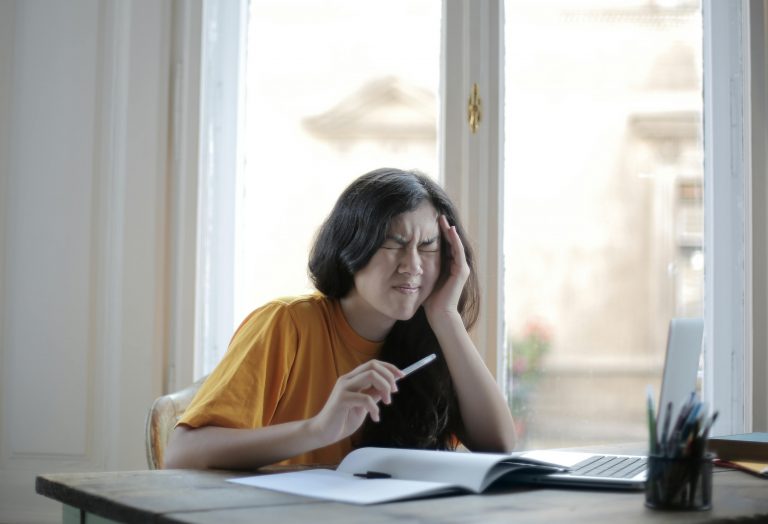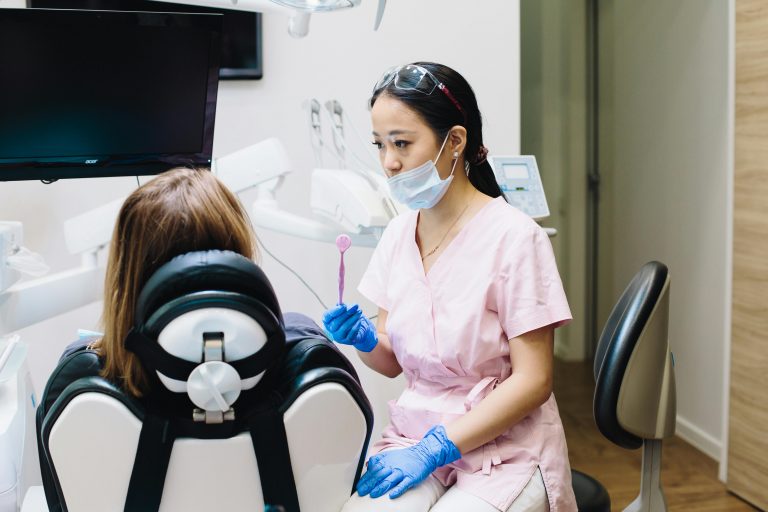
Back problems are incredibly common in both adults and children. In fact, experts estimate that 80% of the population will experience back pain in their lifetime. Some of these problems develop later in life through normal wear and tear; however, some are the result of conditions like scoliosis. Read on to learn more about this spinal condition and some symptoms to look for.
What Is Scoliosis?
Scoliosis is the development of an abnormal, sideways curve in the spine. This typically will develop in childhood or near puberty but can develop earlier or later as a result of other conditions. The specific causes of the condition are still unknown, but several treatment options exist if spotted early. Back braces can prevent the curve in the spine from worsening, but in severe cases, surgery may be needed to realign the spine. If left untreated, scoliosis can cause discomfort in the body due to misalignment of the spine, resulting in musculoskeletal pain and joint pain.
How To Spot Scoliosis
Scoliosis can be difficult to identify, as the condition’s symptoms are often easy to miss. Typically, scoliosis develops fairly slowly and causes very little back pain, meaning that gradual changes go overlooked. However, you should consult a doctor if your child exhibits any of the following symptoms:
- Uneven shoulders
- Uneven shoulder blades
- Uneven waist
- Uneven hips
While scoliosis may not cause pain immediately while the condition is developing, it is still important to treat it as early as possible. The curvature of the spine can impact the stability and health of joints and other parts of the body, as it puts undue pressure and stress on the rest of the body’s systems. Therefore, even if your child may not seem like they are in pain, they could still be suffering from this condition.
Because the changes caused by scoliosis are gradual, it’s likely that the symptoms could be overlooked even by your family pediatrician. That’s why it’s so important for parents to be on the lookout for symptoms of this condition. Misalignment of the spine will cause a variety of health issues later in life after growth has stopped, requiring a variety of pain management techniques.
If you suspect that your child may be showing signs of scoliosis, or if you are looking for pain management for untreated scoliosis,we may be able to help. Contact us today for more information on scoliosis, including symptoms and treatment options.


